Altris presents high-capacity Prussian White cathode material for Na-ion batteries; 160 mAh/g
Green Car Congress
JUNE 30, 2023
Swedish sodium-ion battery developer Altris presented a pure Prussian White cathode material with a capacity of 160 mAh/g, making it the highest capacity declared to date. Prussian White is a framework material consisting of sodium, iron, carbon and nitrogen (Na x Fe[Fe(CN) 6 ] with x>1.9). Earlier post.) Earlier post.)





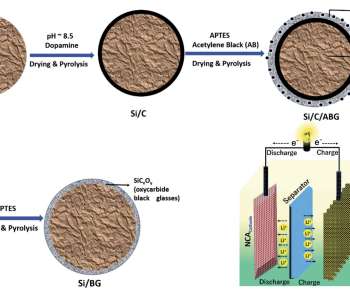
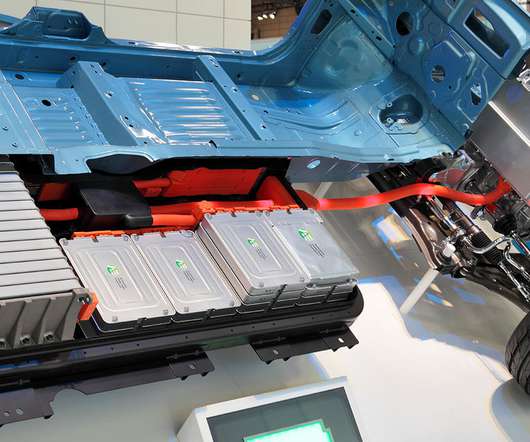







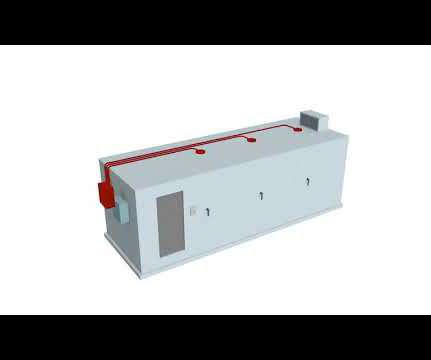


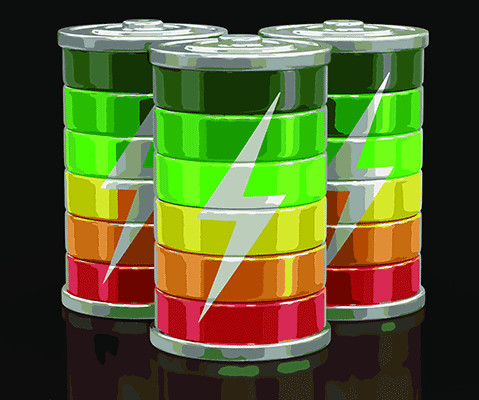
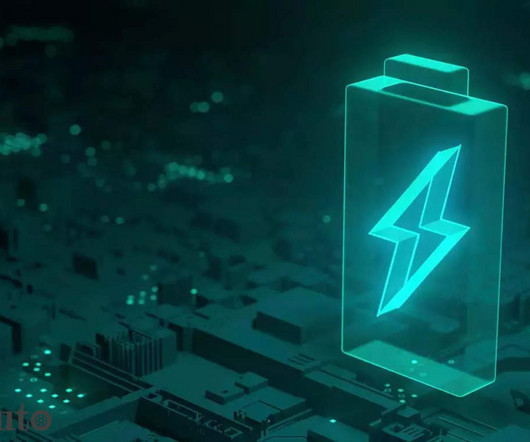
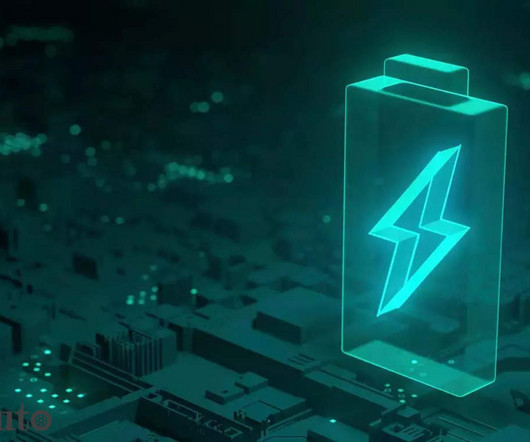







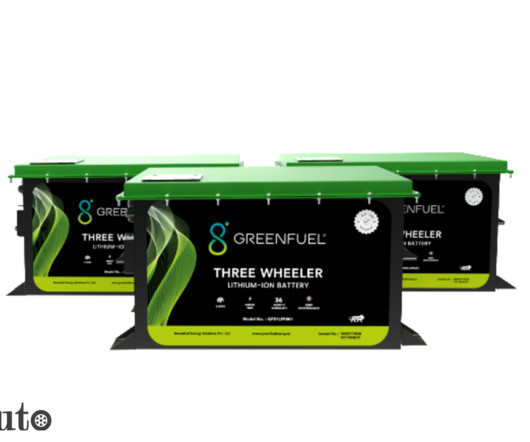








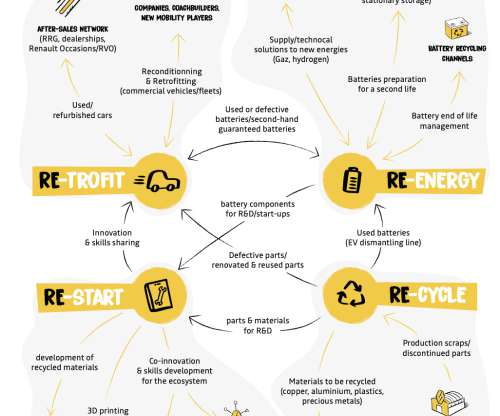







Let's personalize your content